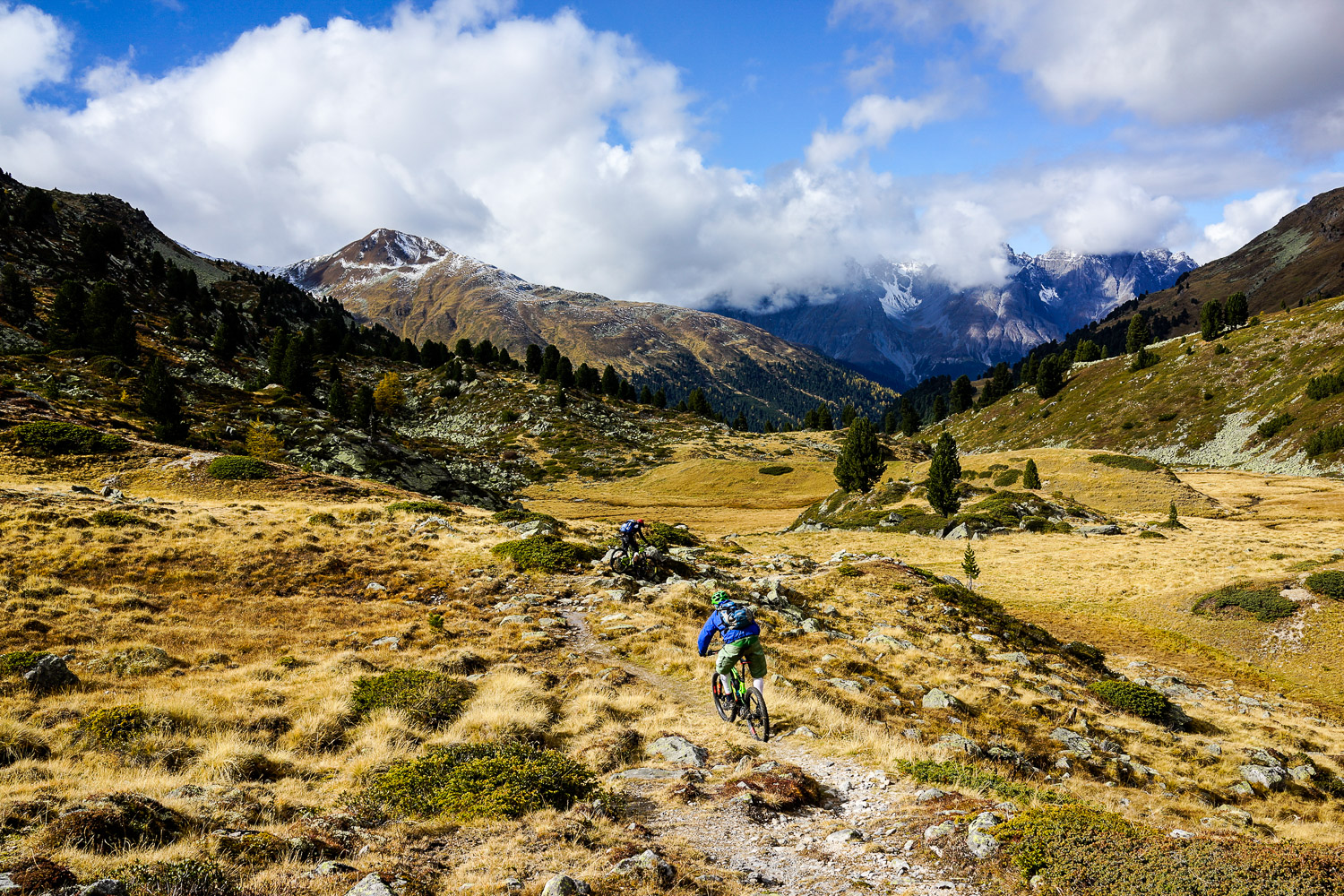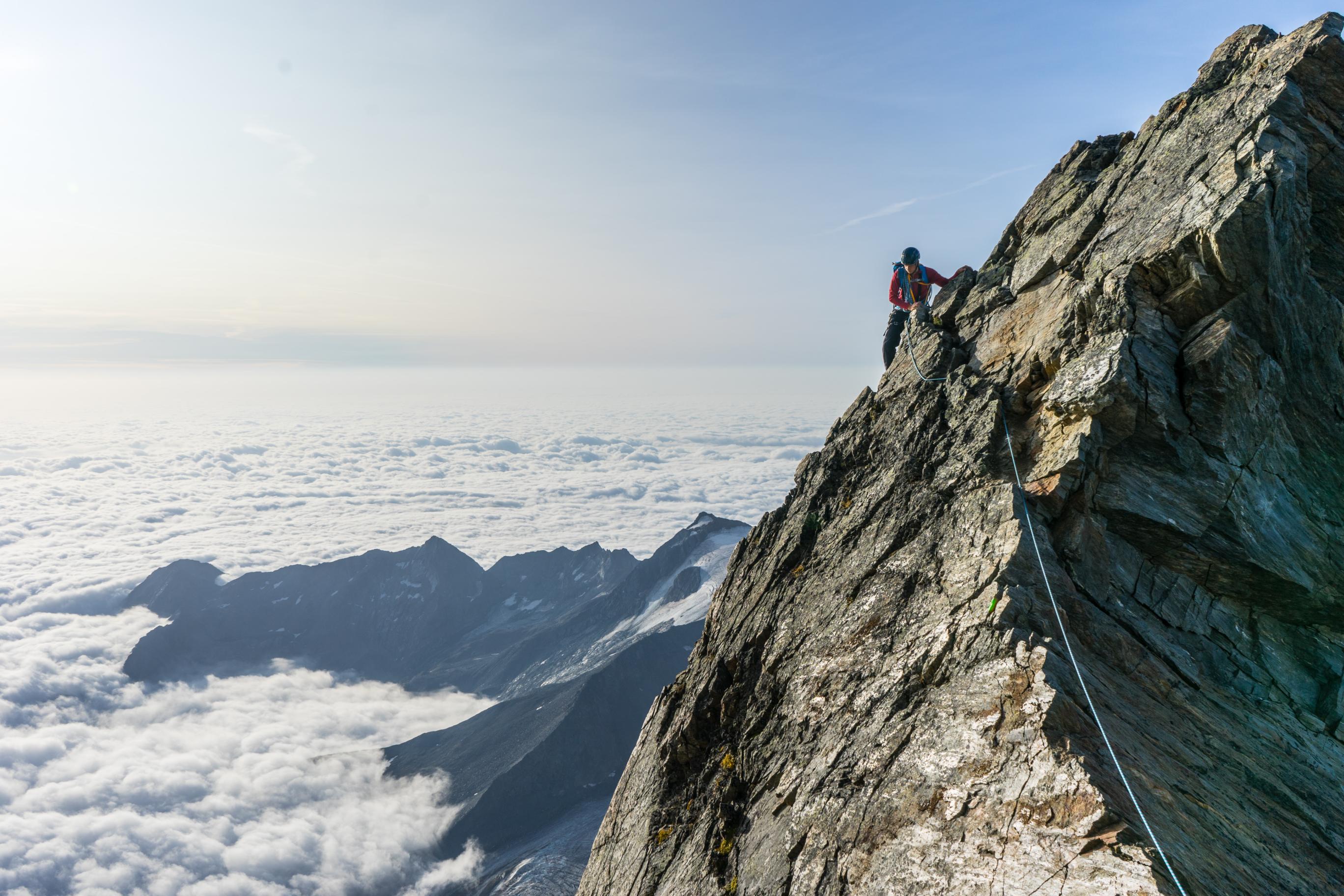Big city life: often crowded.
Big city life: often polluted.
Big city life: often stressing you out.
⸻
No wonder, more and more people re-discover the outdoors.
They seek to escape the demands and routines of their daily life –
at least on holiday: An outstanding opportunity
for rural destinations.
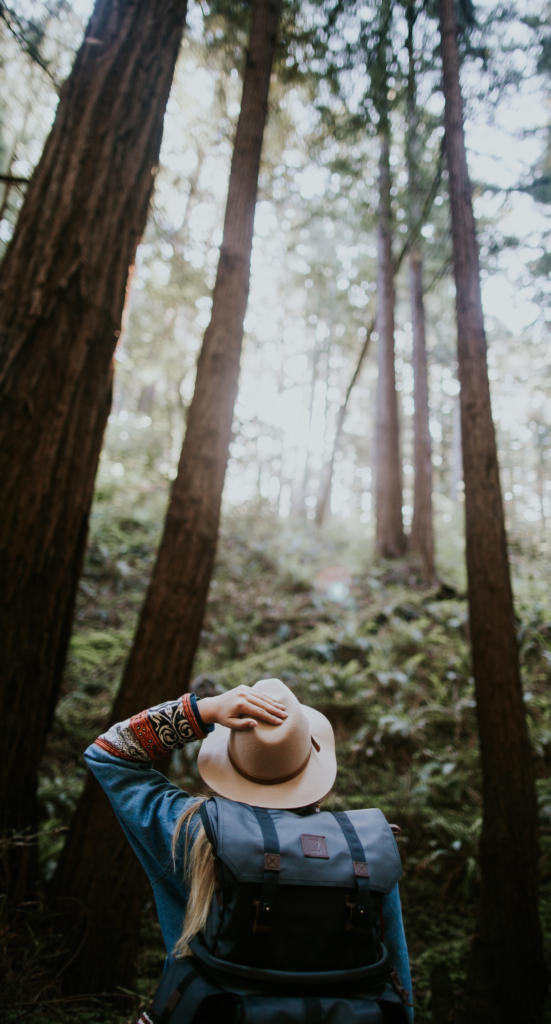
A lack of data
Yet, global market research on adventure, nature and outdoor tourism is limited. Who are these travellers in detail? What do they need? How can they be segmented? Which marketing strategies work?
These are only some of a multitude of important questions.
German Travellers as a Benchmark
Fortunately, Germans have been travelling the globe for decades. They are among the most seasoned travellers globally – and the best researched. They are the perfect benchmark for any destination seeking to win the adventure and outdoor tourism market. This is, what the Adventure Tourism Compass, the most comprehensive international meta-study on adventure tourism, is all about.
Central questions answered:
- How can marketing strategies bring adventure tourists to your destination?
- Who are the participants and what is their travel behaviour?
- Where do they inform themselves?
- How do they plan their holiday?
- What motivates them to book offers?
- What kind of offers, products and structures are expected at the destination, to create a meaningful and satisfying experience?
Please choose:
Which activity are you interested in
for your destination?
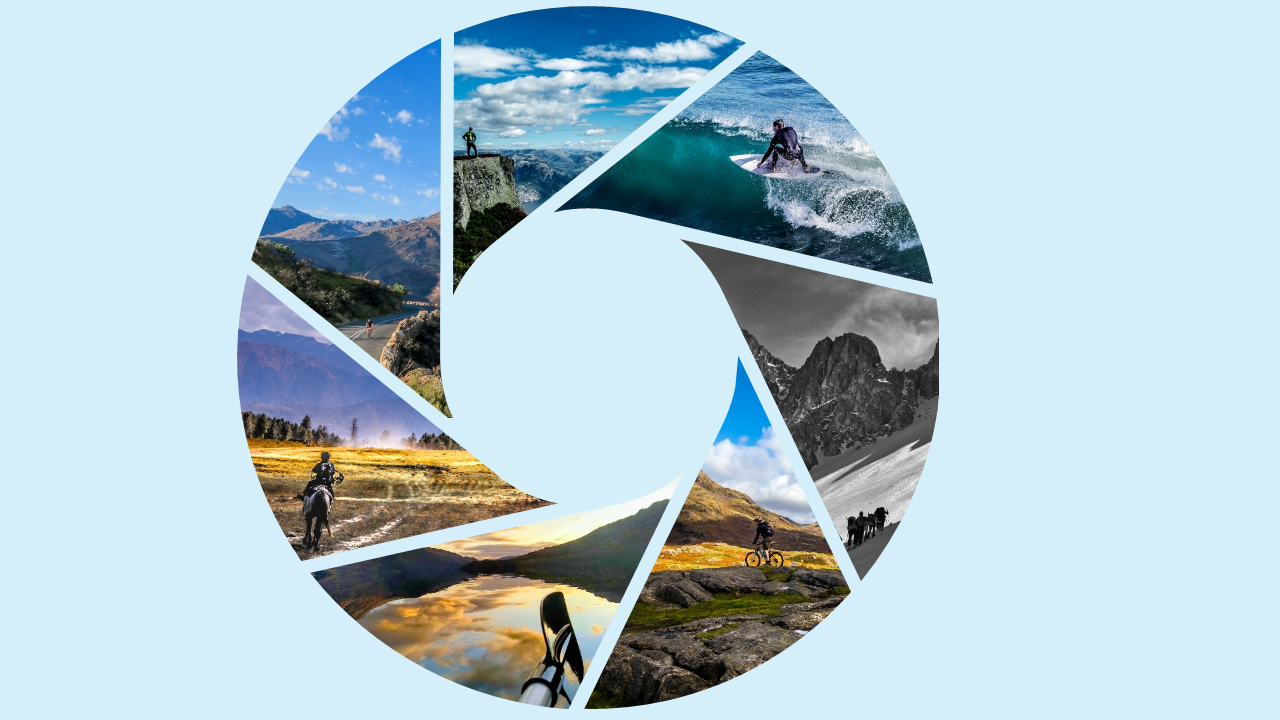
Hiking
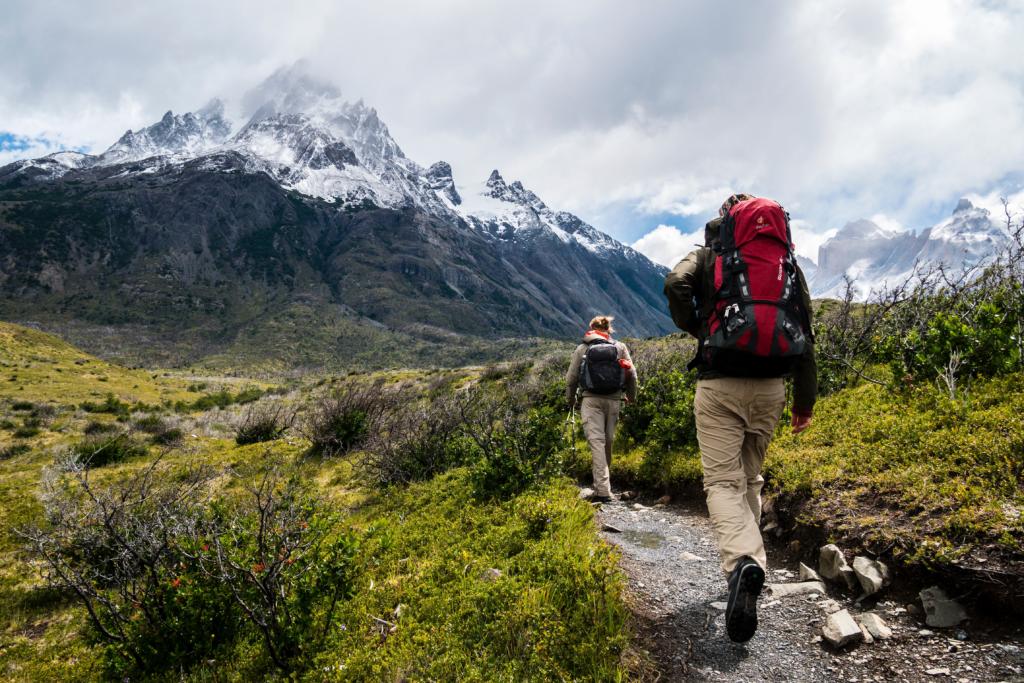
Hiking received an image boost and grows in popularity the last years.
Hiking tourism refers to “a vacation or holiday related outdoor activity that consists of shorter or longer walks in natural and cultural landscapes, and often in rural areas” (Nordbo et al., 2014).
Traveling to and hiking in foreign countries for physical exercise or enjoyment in a natural environment is a significant travel motive, making it the most popular outdoor and adventure activity on holiday.
Hiking should be recognised as a major driving force for tourism and regional income and that further professionalisation of the sector and its offers are required.
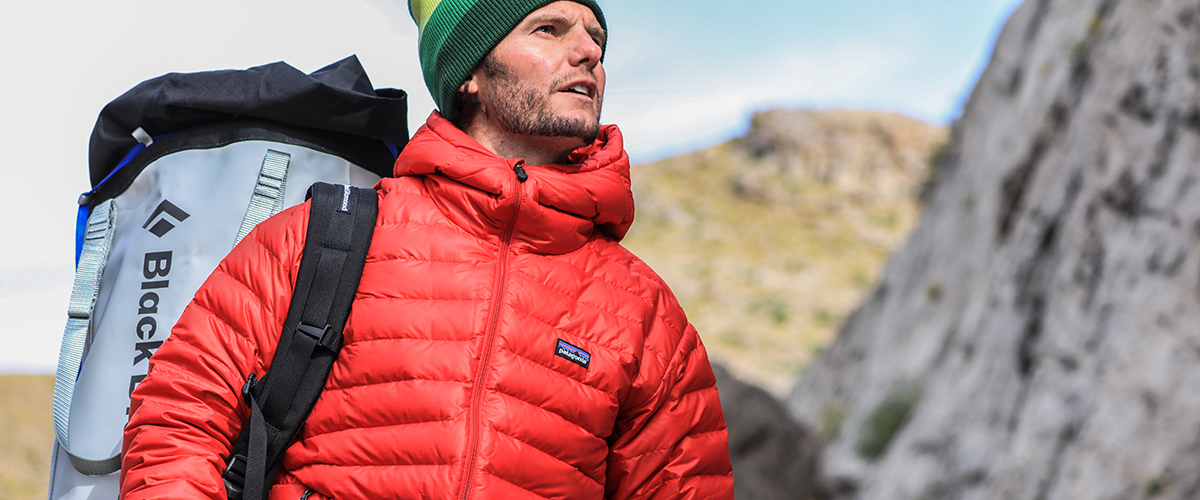
- 48 years
- Higher than average income
- Higher than average education
- Is from southern Germany
- Hikes 15.2 kms and 4h 15 mins
- Hikes with the Partner
- Wants to be active
- Wants to experience nature
The Activity and Participant Profile
Hiking intensity in the German population equates to approximately 56%.
15.2 million Germans went hiking at least once on holiday in 2015, originating more frequently from eastern and southern Germany.
The biggest source markets are the regions in an around the German low mountain ranges. The states with the highest hiking intensity are:
- Saxony
- Thuringia
- Hesse
- Baden-Wuerttemberg
Learn more about activity participants, digitalisation, tour operator products, equipment and trends in this chapter.
Awareness
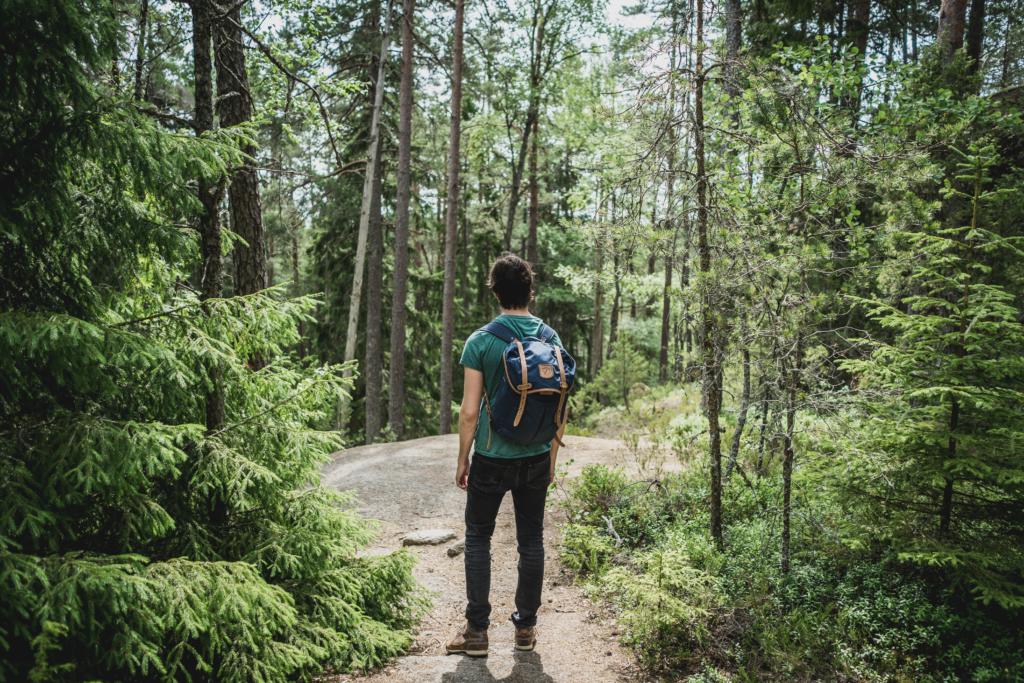
Macro trends such as healthy living, being in nature and the desire to escape the city life have contributed to hiking receiving a better image in Germany.
Health is the biggest attribute that people assign to the activity of hiking.
Marketing messages should incorporate exactly these macro trends and communicate health, active, freedom, nature. Moreover, the positive image of the equipment industry of e.g. outdoor jackets as lifestyle products should be built up on.
Find out more about factors influencing demand, marketing, destination images, activity specific slang and motives in this chapter.
Consideration
The landscape where people prefer to hike is commonly similar to the one they live close to, in terms of mountain height and topography. On the other hand, hiking in alpine mountains is especially attractive for people living in areas of Germany, which are far away from the alps.
Consequently, hiking destinations should advertise in regions, where there is a similar topography.
However, especially those destinations with high mountains and extreme or unusual relief, can also realise opportunities when targeting customers in flat parts of the country, where access to high mountains is difficult and therefore a desire.
Learn more about push and pull factors for activity participants on holiday, motivators, required infrastructure and preferred landscapes in this chapter.
Planning
The predominant decisive factors of an offer are user ratings, a reasonable price-performance ratio, proximity to other tourist attractions and a quiet or remote environment.
Strong relationships have been found between purpose, duration and time of travel.
Leisure hikes are especially relevant for those staying in more remote regions and around a duration of four days. For the elderly, cognitive learning is a more important purpose, while rest and relaxation is most relevant for families.
Find out more about holiday preferences and organisation, used information sources and media, preferred type of accommodation and transport in this chapter.
Purchase
Booking means for holidays, where hiking presents the main or only motive, differ substantially from regular sun and sea vacations.
The vast majority of hikers books trips via telephone through call centres, emphasising that personal contact and professional advice is sought.
Advice, however, is required to be very specific, which is reflected in the low relevance of bookings through travel agencies, who cannot provide the required information.
Learn more about willingness to pay, expenditure on vacation and trip duration in this chapter.
Experience and Retention
The German population are used to a certain quality standard when it comes to trail maintenance, signage and package offers from domestic hiking tourism. Therefore, quality offers and well-maintained hiking trails are also expected when traveling abroad.
Creating sensitivity among travellers for ecosystems and nature will assist to keep trails clean and minimizes environmental issues such as trail shortcuts.
Learn more about what is valued during the activity, other holiday activities, required support facilities, guides, trends, risk management and examples from several destinations in this chapter.
Cycling
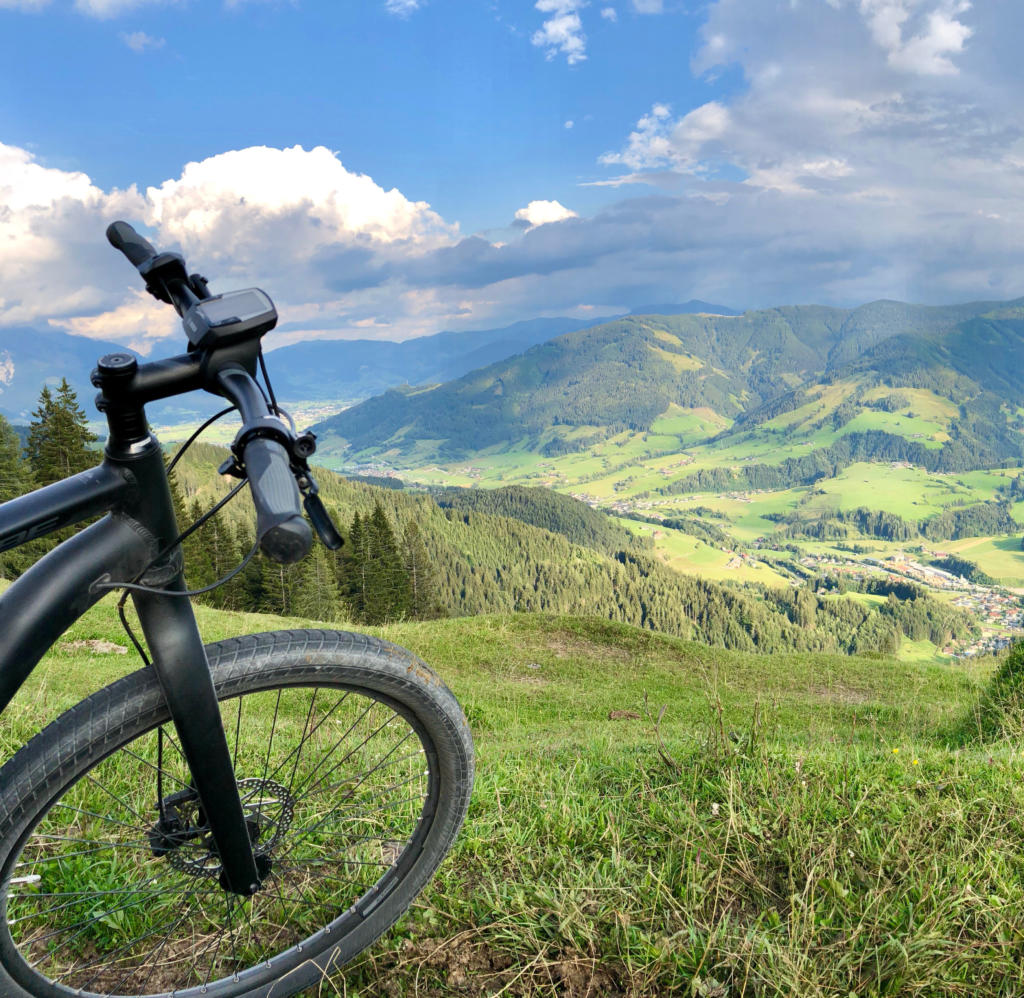
Great potential for early adopters
In Germany, cycling and cycling tourism is of high importance. In total, 5.5 million Germans above the age of 18 have made a cycling holiday with at least three overnights in 2018. The government introduced quality standards, requirements for subsidies and fosters collaboration of regions. This results in high expectations of German tourists towards destinations, making specialised offers and professional structures a crucial success factor.
The cycling tourism market has great potential for early adopters, due to a constant growth in demand and the fact, that approximately 95% of offers are focussed on Germany´s neighbouring countries. Germany itself is rallying towards maturity as a cycling destination and thus, developing offers to attract Europeans to new cycling destinations, also outside of Europe, has great potential.
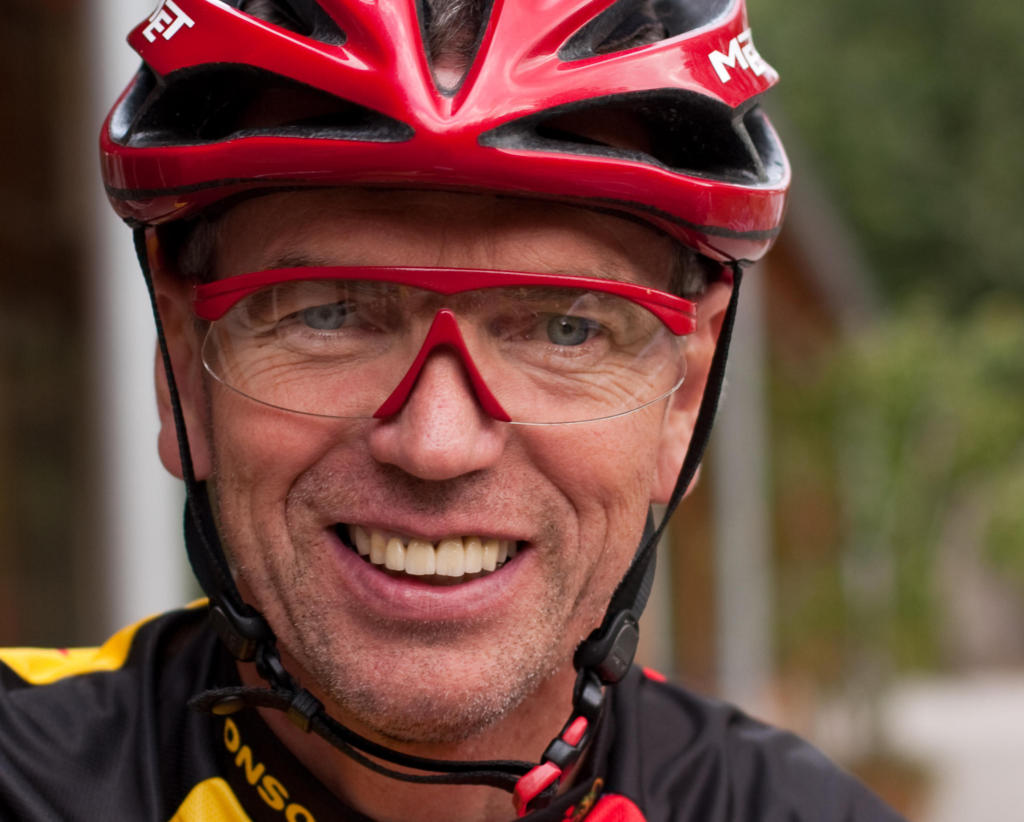
- 49 years
- Higher than average income
- Stays for eight nights
- Rides a trekking bicycle
- In a partnership without children
- Hikes with the Partner
- Sleeps in several accommodations along the route
The Activity and Participant Profile
The share of E-Bikes among other bicycles is rapidly increasing.
For cycling tourism, they pose a real advantage: the electric engine support increases and diversifies demand structures, since more people are enable to ride longer tours or mountainous terrain. This enables destinations at the same time to also market rather remote areas of the country.
Learn more about E-Bikes, activity participants, the need for rental bikes, holiday plans of German cycling tourists and other trends in this chapter.
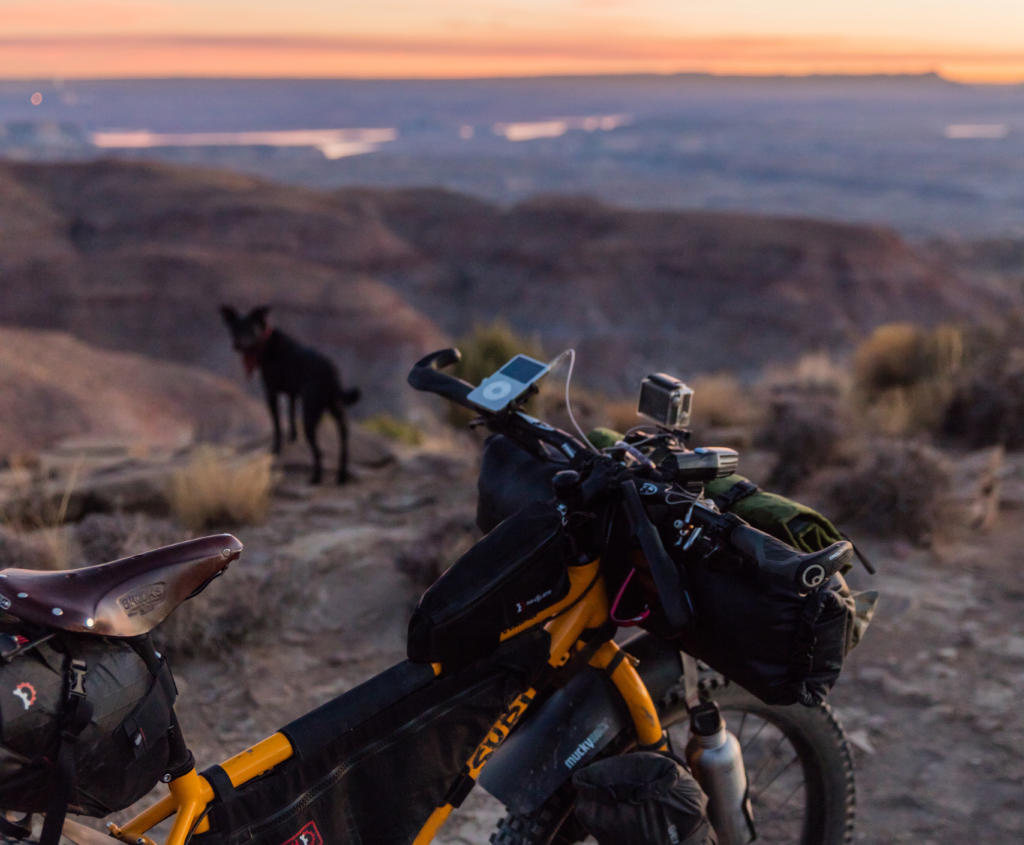
Awareness
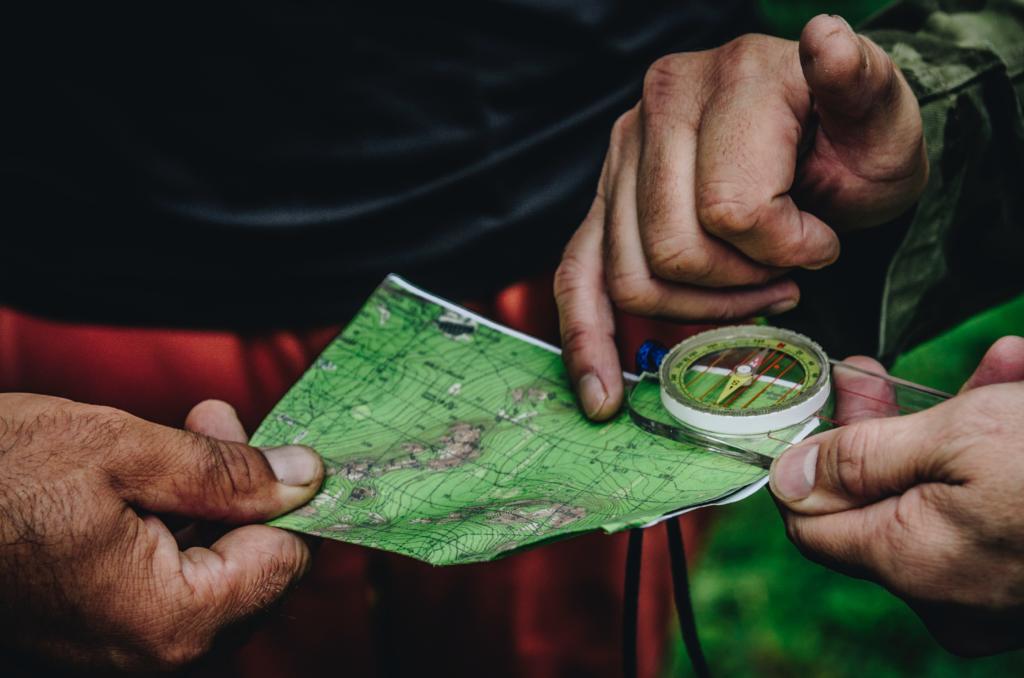
Based on the fact that cycling is attractive for all age groups, marketing should not only be tailored to the specific subgroups or disciplines, but also towards different age groups within the subgroup.
The very basis is an openly communicated quality standard, in which routes are classified.
Learn more about where cycling tourists inspire themselves, possible marketing strategies, destination images and motives in this chapter.
Consideration
Big cities’ attractiveness for cycling tourism is below average, the highest attractiveness was accounted for seaside resorts. The highest relevance in terms of attractiveness and absolute visitor numbers are “other places”.
This emphasises, that cycling tourism is not bound to take place in popular tourism destinations, but also in remote regions without extensive tourism infrastructure.
Hence, regions that are remote, but accessible from metropolitan areas, have the highest attractiveness and biggest potential to become a successful cycling tourism destination.
Find out more about destination features, push and pull factors and required infrastructure in this chapter.
Planning
88% of cycling tourists organise the trip themselves. Consequently, they conduct more extensive planning during the planning phase of the trip.
Compared to other traveller types, they facilitate the internet more thoroughly and used websites differ from those of the regular sun & sea tourist.
Find out more about used information sources and media, preferred type of accommodation, transport and holiday organisation in this chapter.
Purchase
When comparing expenditure behaviour of overnight cycling tourists with regular day-trippers it becomes apparent that significantly more is spent on services and retail products, suggesting a more active and explorative element to the holiday, requiring more spending on entrance fees, transport, snacks and water.
Learn more about their willingness to pay and trip duration in this chapter.
Experience and Retention
Despite increasing digitalisation and interconnectedness of tourists and activity providers, the vast majority still prefers to use physical signage for orientation on a tour.
Also, physical maps and tourist information centres are important means, whereas just over half use online means.
Learn more about required support facilities, success factors for destinations and providers, what is valued during the activity, other holiday activities, guides, trends and risk management in this chapter.
Mountain Biking
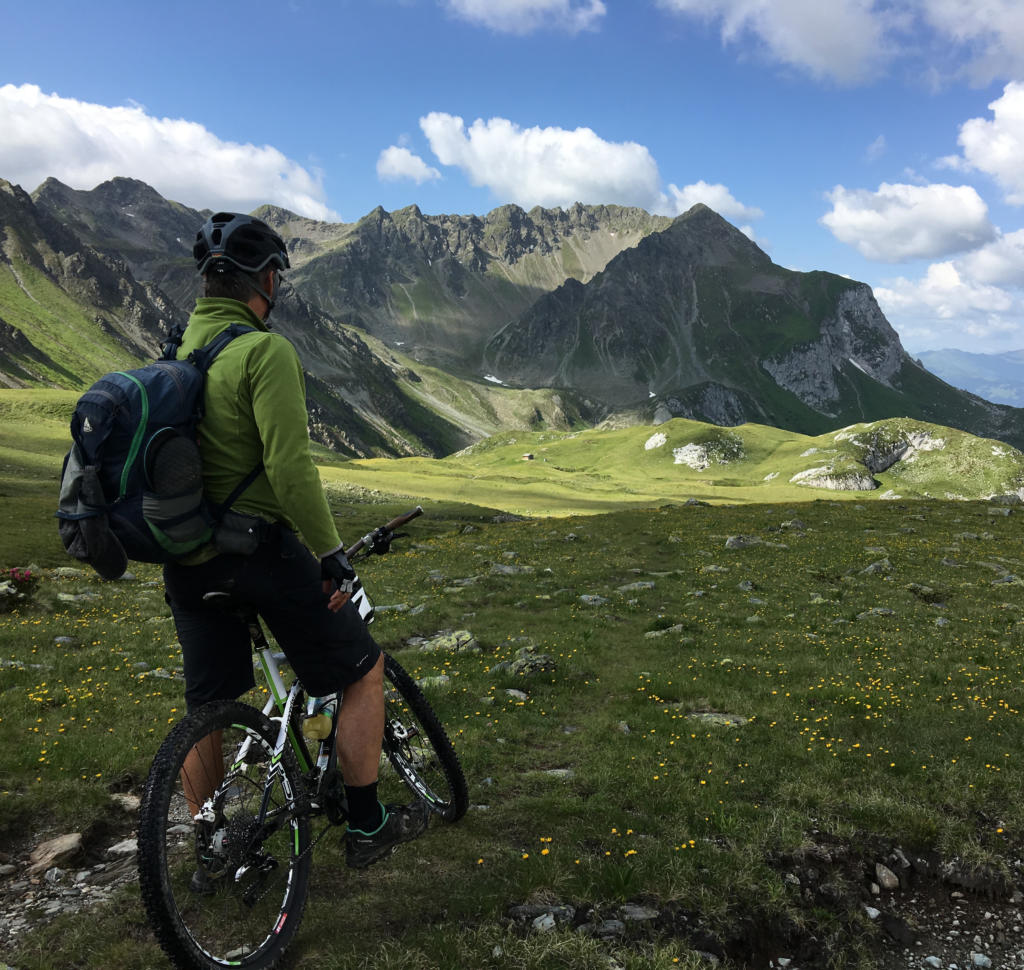
Diversified demand requires tailor-made products.
The sport of mountain biking is, compared to most other outdoor and adventure activities relevant to tourism, a relatively new activity. However, throughout this century it has grown to one of the major forces in outdoor recreation, with substantial participant numbers and notable economic value. And this trend continues: the overall market growth between 2017 to 2021 is forecasted to be 9.84%, with mountain bike tourism presenting a major driver of that growth (Cision, 2017).
Beside an increase, experts also expect diversified demand in the future, requiring tailor-made products for each of the very diverse disciplines. Gain a detailed insight into market structures, trends and receive valuable recommendations on how to successfully implement or improve mountain bike tourism in a destination.
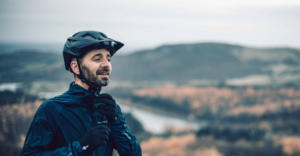
- male and 36 years old
- Higher than average income
- Higher than average education
- Is from south and western Germany
- Rides All-Mountain
- Stays in a guest house for four nights
- Travels with his friends
The Activity and Participant Profile
Travel intensity for short trips up to four days is substantially higher compared to the German population (88% compared to 48%).
Concerning holidays of more than five days, travel intensity of 66% is lower, which is since mountain biking is often not the main motive for holidays longer than five days.
This is also reflected in the result that only 60% of mountain bikers want to ride each day on their biking holidays.
Learn more about the mountain biker, market structures and trends in this chapter.
Awareness
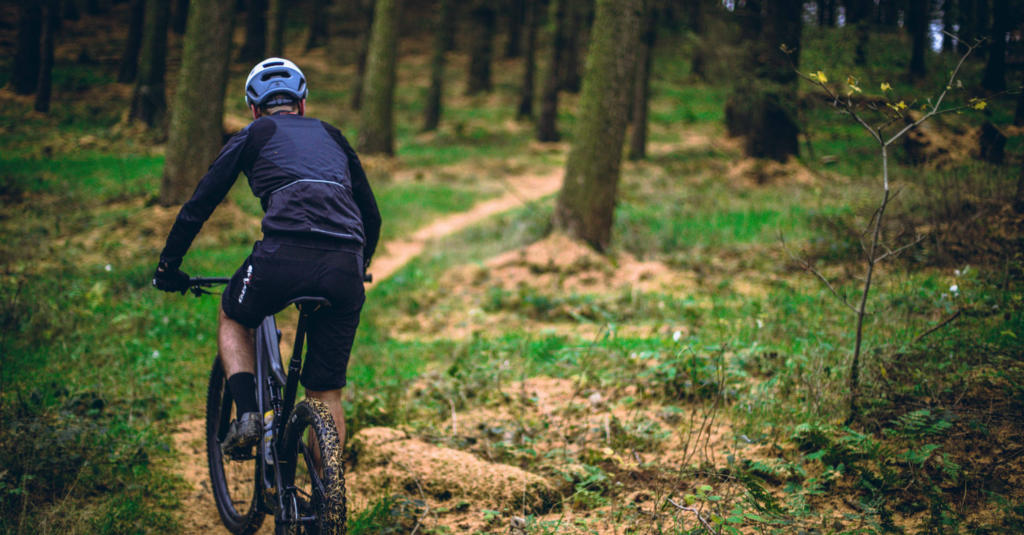
Despite digitalisation, special-interest magazines such as the BIKE, or MountainBIKE are still growing in popularity and hereby present an attractive medium to promote a destination, region or place.
Read more about marketing channels and strategies, factors influencing demand, destination images, motives and activity specific slang in this chapter.
Consideration
Tourist offers not related to mountain biking scored comparably low for downhill riders, implying a profile of a sports enthusiast, mostly interested in pursuing the activity itself.
However, this can benefit destinations without remarkable tourist facilities, to attract visitors with a high travel intensity. Nevertheless, they require some additional facilities.
Learn more about required infrastructure, push and pull factors for activity participants on holiday, preferred destinations and landscapes and travel motivators in this chapter.
Planning
The choice of accommodation is relatively independent from income or social status of the mountain biker.
The vast majority prefers to stay in a guest house offering good and nutritious breakfast.
Also holiday homes are a common option, campgrounds rather for tourists younger than 40 years. Practicality is one of the main decision criterions.
Find out more about preferred type of accommodation, used information sources and media, transportation and holiday organisation in this chapter.
Purchase
Despite conducting several shorter trips throughout the year, average expenditure and willingness to pay for holidays longer than five days is high.
Find out more about spending behaviour and trip duration in this chapter.
Experience and Retention
Generally, respondents’ favourite destinations are easily accessible, within an attractive landscape, offer a variety of well-maintained trails and service providers create a friendly atmosphere.
However, participants of different disciplines diverge in their interest concerning a number of holiday facilities.
Learn more about what characterises successful mountain bike tourism destinations, what is valued during the activity, required support facilities and risk management in this chapter.
Kayaking, Canoeing & Rafting
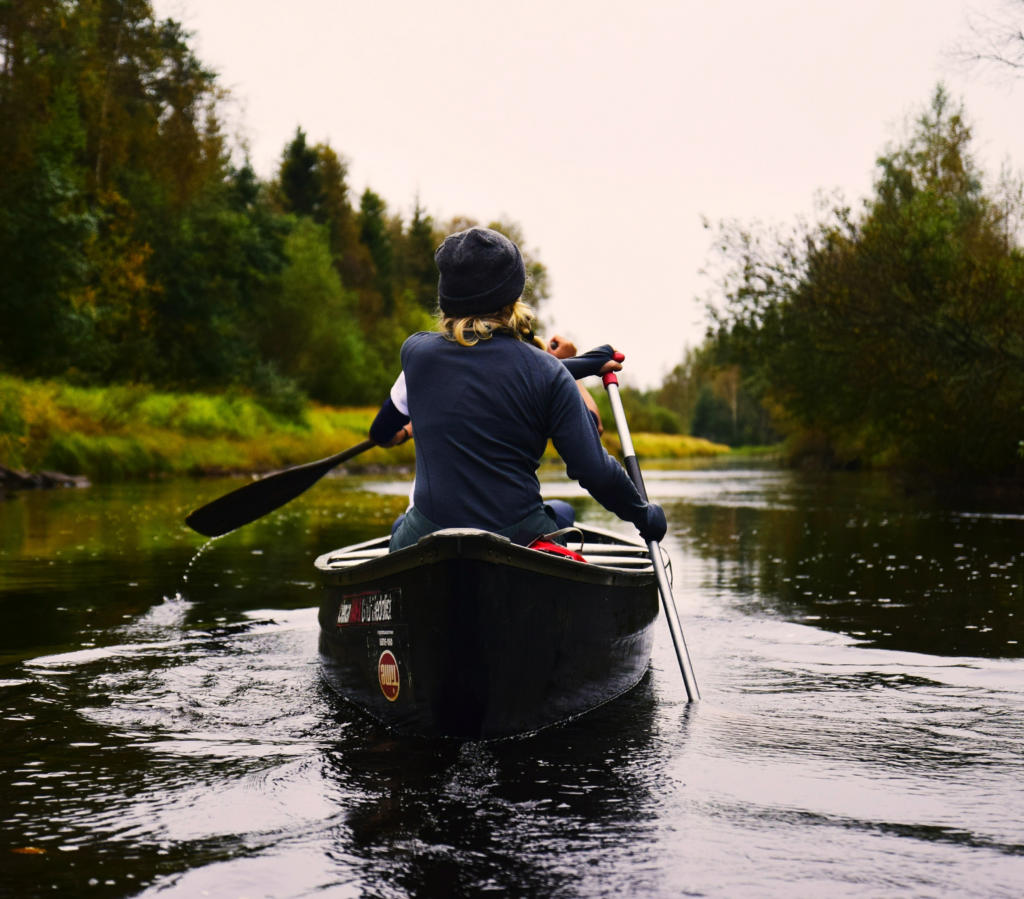
The inherent potential as a tourism activity is big.
The history of these sports dates back to ancient times when the Inuit or Aleut used them for hunting. Nowadays, these activities have become popular on adventure holidays all over the world. However, a river and boat alone do not create a successful tourism strategy. The market and its demand structures need to be assessed and evaluated, to create offers that provide meaningful experiences to the specific target groups.
2.6 million Germans went kayaking at least once in 2015, approximately one third of them do so regularly. Its inherent potential as a tourism activity is big, as 41% of all spending in this sector were for holidays and day trips.
More Information coming soon!
Climbing & Mountaineering
More information coming soon.
Horseback Riding
More information coming soon.
Surfing & Kiting
More information coming soon.
Sie haben Fragen oder Anregungen?
Wir freuen uns immer über persönliche Nachrichten.
absolutGPS
Phone +49 341 39281107
E-Mail mail@absolut-gps.com
Christianstraße 1
04105 Leipzig
absolutGPS is a trademark of geoSports-Tec GmbH.

